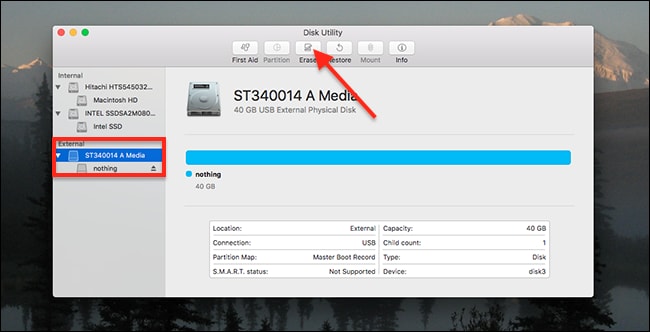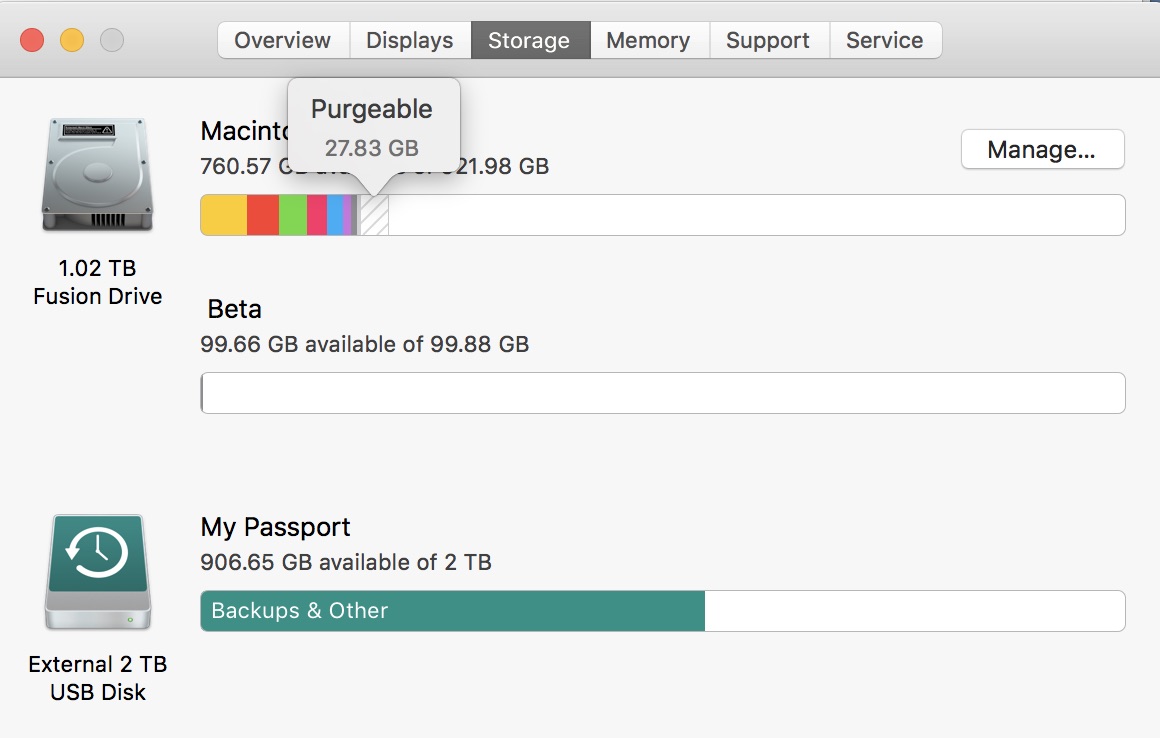

- Increase free space on my passport for mac full#
- Increase free space on my passport for mac software#
- Increase free space on my passport for mac mac#
When I received the warning there were only a few MB of free space left.
Increase free space on my passport for mac software#
I remember years ago I downloaded some software that generated tons and tons of log files in the background to the point where I got a warning message that my drive was getting full.
Increase free space on my passport for mac mac#
So perhaps for the Mac the 20% number was always an overkill. The Mac still had only a niche market share then. I read a fair amount of articles on this subject yesterday - some mentioned that the 20% number came about years back specifically for Windows to allow for defragmentation. But I guaranty you that it will be well short of 100%.
Increase free space on my passport for mac full#
It's still too soon to estimate a rough rule for how full it's safe to let an SSD get. However, I haven't heard from a single person who has hit their head with a 1TB SSD yet. (Not all third party SSD's work with Apple's implementation of TRIM.) I've already started hearing from folks with tiny 256GB SSD's starting to hit their head, and it happens well before their hard drive is full. They also do better based on how good the TRIM they have running works. It turns out that, as you would expect with RDHD's, SSD's do better with higher total capacities. But they still fill up with virtual memory, databases, caches, scratch files, etc. And fragmentation also probably plays a bigger role on bigger RDHD's too. One can only guess that the metadata that fills up a hard drive also becomes larger as the amount of ordinary data also becomes larger.

When good utilities came available that showed RDHD fragmentation, it became clear that if a RDHD was highly fragmented that it could become full as early as 60% full, but if a RDHD was meticulously kept defragmented, it might be able to go beyond 90% full with no adverse effects.Īs hard drives became bigger and bigger, one might have expected the 20% rough rule of thumb to have gotten smaller. It's just that empirically, it seemed that was about the level where most folks who were hitting their head with rotating disk hard drives (RDHD's) fell. The 20% rule was always a rough rule of thumb, never a hard and fast rule. The SSD itself includes extra storage not accessible (or reported) to the user, but how much varies from unit to unit. The point many make about SSD's is that they need additional free space because of the way data is stored compared to a traditional magnetic media. Opinions are all over the map - from a low of 5% to a high of 30%įew seem to actually attach a hard number. However,I think 20%+ on a 500GB or 1TB drive seems rather excessive. Thus 20% is recommended on a spinner drive to try to use free disk space that physically is quickly accessible for read/writes whereas on an SSD all free space anywhere would be quickly accessible. Why I thought an SSD requires less free space for memory swap is because read/write is much faster than a spinner drive.

There was a lot less RAM in a typical system, 4MB was very common, I now have 16MB, so with much more RAM, memory swap should be less - activity moitor for me shows swap usedas 3.3 MBĬ. 16GB of disk space for swap seems reasonable, 100GB for that same purpose now, does notī. Typical hard drives used to be much smaller, so 20% of an 80GB drive was only 16GB whereas 20% of the 500GB drive I use now is 100GB. The 20%+ number has been around for a while.Ī.


 0 kommentar(er)
0 kommentar(er)
